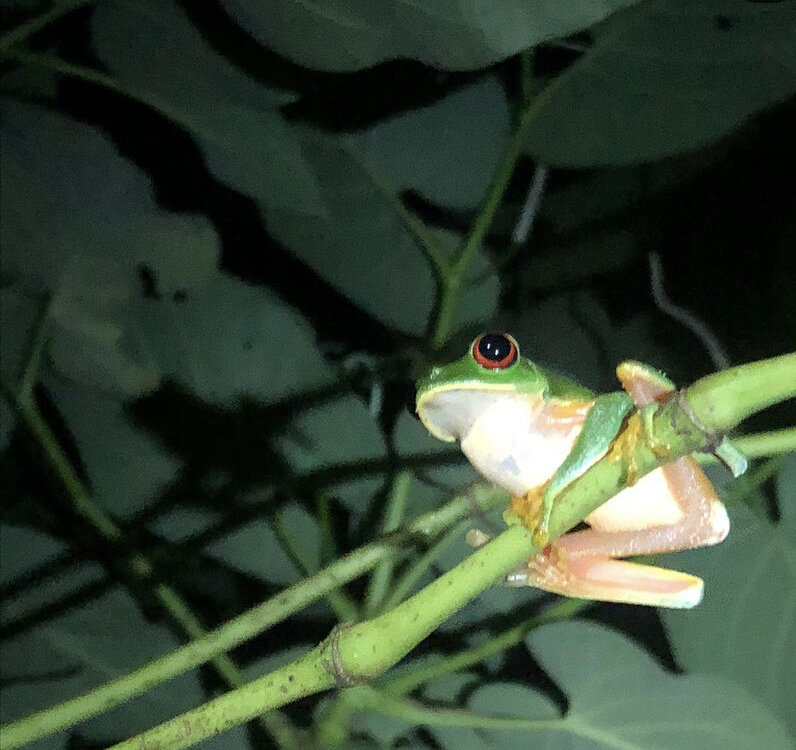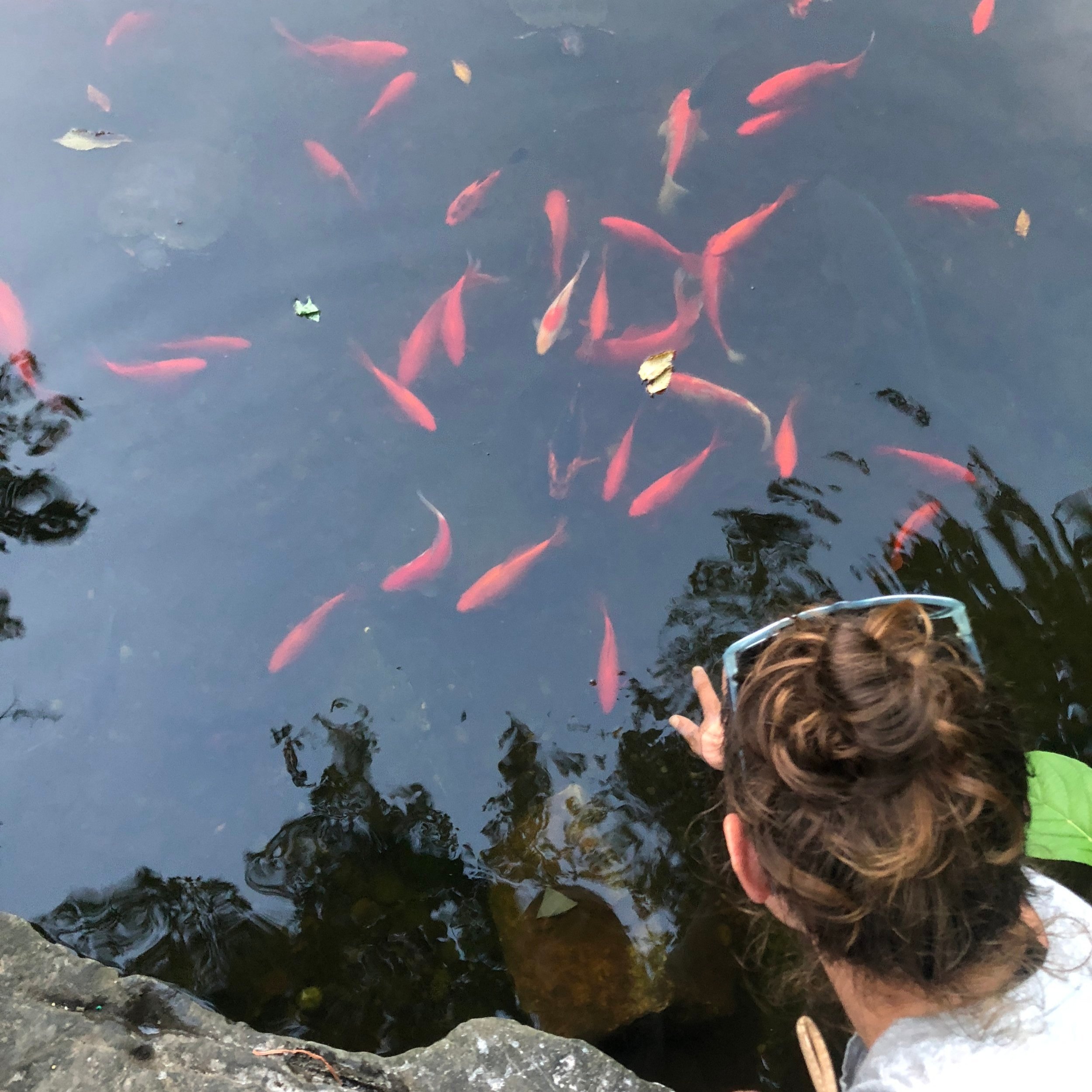Classes
Courses
The courses below describe those in the NEIU catalog taught by Dr. Reinke
General Biology II (BIO 202)
This course is the second in our general biology series, and focuses on the organismal side of biology. We cover topics such as evolution, ecology, conservation, the tree of life, and how all of these things relate to each out.
Course Objectives: (1) Explain how organisms interact with their environment and across levels of biological organization, and how they are distributed geographically. (2) Describe the main components of the theory of evolution and relate how evolutionary processes lead to the diversity of life. (3) Distinguish among the major groups of organisms and their evolutionary relationships based on morphological, molecular, and life history traits. (4) Relate the anatomy of live and preserved specimens to physiological functions. (5) Demonstrate their ability to apply the scientific method by developing meaningful questions and testable hypotheses, properly designing and conducting experiments, interpreting data obtained, and effectively communicating experimental results
Ecology (BIO 305)
Ecology connects everything! In this 4-credit course, we explore the factors that determine the distribution and abundance of species at the individual, population, community, and ecosystem levels. This course is required for the Biology Major and fulfills NEIU’s writing intensive requirement.
Course Objectives: (1) Identify ecological theories from examples in natural ecosystems or laboratory experiments and draw conclusions or propose a course of action, (2) propose solutions to today’s environmental problems based on data, (3) use models to improve understanding of and make predictions about ecological processes, (4) develop an ecological question and design a data collection protocol based on observations and hypotheses, (5) search the primary literature, read and evaluate research articles, and compare data from multiple sources, (6) write proficiently in a variety of formats, including in field/lab notebooks, persuasive letters, and research papers. You will also learn how to present data and use visual aids effectively.
Evolution (BIO 310)
This upper-level course focuses on the processes that underly diversity in the natural world. Students learn the known mechanisms and patterns behind speciation and adaptation, with special emphases on hot-off-the-press studies and classic systems. Throughout the semester, students use R to conduct real phylogenetic analyses. The class culminates in individual research proposals that use methods discussed and practiced in the class to answer an evolutionary question.
Communicating Science (BIO 315/415)
Scientific literacy is an essential skill for any student to develop, but communicating science is often under-taught in programs, leaving early career scientists to develop these skills by trial and error. This course presents the basics of science communication to undergraduates and graduates.
Course Objectives: After taking this course, students will be able to (1) confidently and competently communicate biological science to various audiences through both written and verbal methods, (2) understand and use basic formulae for scientific writing and be able to translate that writing into language understandable to non-scientist audiences, (3) write a press release, write a blog post, write a tweet, design a poster, give a formal presentation and give an elevator pitch about a research study, (4) effectively communicate the impacts and importance of biological research, and (5) adequately review and provide constructive feedback on others’ writing and presentations
Ornithology (BIO 324)
Ornithology is the study of birds, one of the most spectacular, successful, and best-studied animal groups. This course will survey the evolution, physiology, ecology, and behavior of birds. Labs will include field trips to watch and identify birds in their natural habitats and dissections to better understand their physiology and functional morphology
Course Objectives: (1) Practice bird-watching and learn about birds in the wild, with an emphasis on those that can be seen in the Chicagoland area. (2) Learn about the evolution, behavior, sensory ecology, and ecology of birds. (3) Perform analytical ornithology in class-wide and individual research projects.
Local Fauna (BIO 325)
This course is a survey and field identification of local animal groups in various ecosystems in the region, with an emphasis on vertebrate taxa. We will study animals in the Chicago-area, with regular field trips and outdoor lab sessions. Topics include practicing and using tools to identify birds, herps, small mammals, and scat, as well as urban ecology, anthropogenic effects on wildlife, and climate change.
Course Objectives: (1) Recognize how to use available tools to identify any bird, herp, insect, or mammal they see in the Chicagoland area. (2) Identify ecosystems and predict what species they are likely to encounter in any given ecosystem in the Midwestern region of the US. (3) Explain how ecology and evolution affect where animals are and how they interact with their environment. (4) Use best practices for keeping field notebooks.
Animal Behavior (BIO 415)
This graduate-level course provides advanced study and analysis of selected topics within the field of Animal Behavior with emphasis on topics that are currently at the forefront of the discipline. The course is taught fully online.
Course Objectives: (1) Recognize that animal behavior is the result of adaptive evolution, (2) Explain how external and internal stimuli motivate behavior in animals, (3) Demonstrate that behavior is influence by interactions, (4) Predict how the behavior of an individual may change over time, (5) Assess how individuals in a population vary in their behavior
Correspondence on Current Biology Topics (NDP 321)
Co-taught with Dr. Aaron Schirmer, this correspondence-based course was designed specifically for students at Stateville Correctional Center participating in the Prison+Neighborhood Arts Project and University Without Walls. The course counts as a Natural Science credit.
Course Objectives: (1) Explain the biological basis and background for the topic being discussed, (2) discuss the scientific method as well as experimental techniques and methodologies used to study the topic of interest, (3) apply techniques and statistical analyses to data, (4) understand the implications of the topic on health, society, and the environment, (5) develop critical thinking and analytical skills by interpreting experimental data and communicating scientific research results.
Design in Nature (STAM 203)
This interdisciplinary ELE-X course explores the ways evolution has led to various structures, behaviors, and body forms. We then use these same processes to develop bio-inspired creative works. Special emphasis is placed on biological perception, perspective, and process and how these can inform the design process. The course introduces topics in a workshop format, where students will work individually and in teams in both the field and in a studio environment to explore ideas and develop creative works. No artistic skills or biology knowledge is required!










